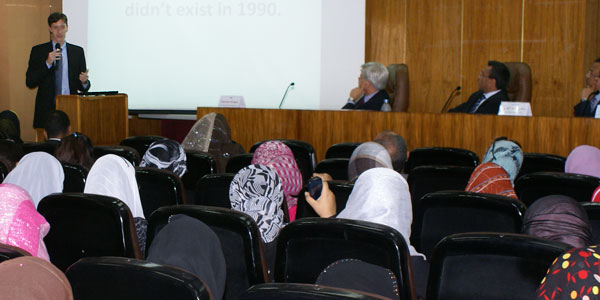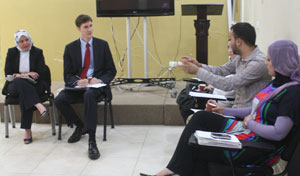
“It’s an honor to welcome the first american president that looks brazilian!! :)”
Those words of welcome, from Fred in Brasilia, joined about 30,000 more messages for President Obama as he made his first visit to Brazil this past March. To help celebrate the president’s visit, we helped the United States Embassy in Brasilia develop “Boas-vindas Presidente Obama”, a social media campaign to raise interest in the president’s visit.
A major objective of this program was to help Brazilians engage with the President’s visit beyond the handful of public events and the usual TV coverage. Brazil is a continent-sized nation with more than 190 million people, so the opportunities for Brazilians to actively participate were unfortunately limited. Social media provided a solution. ?The visit also provided an opportunity to increase mutual understanding and further dialogue with Brazilians on priority themes (such as education, the environment, clean energy, global partnerships, and other topics).



